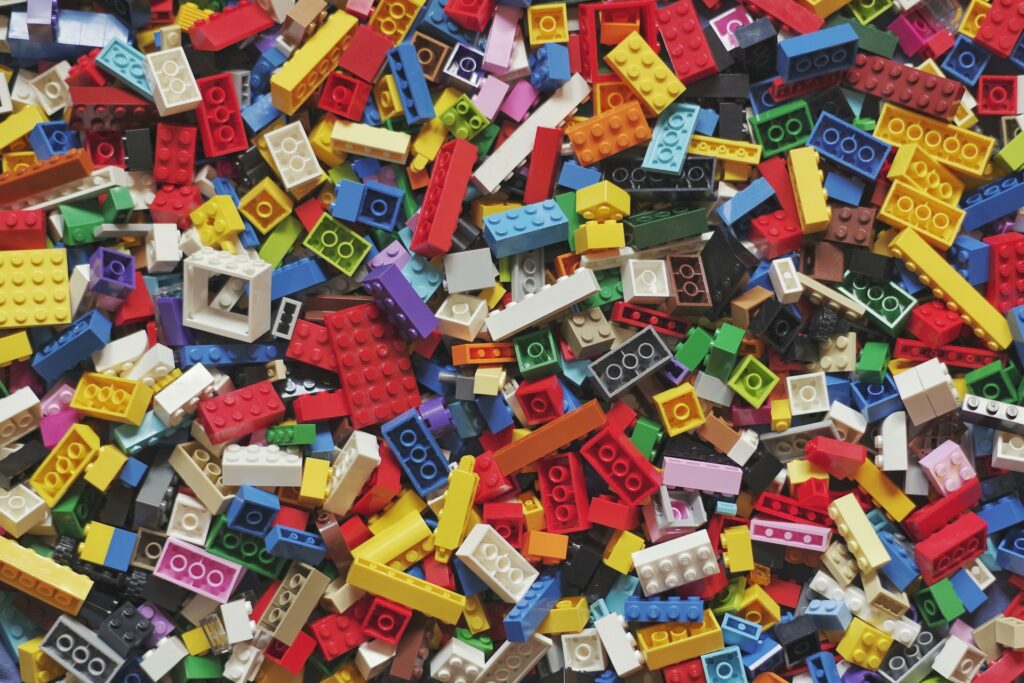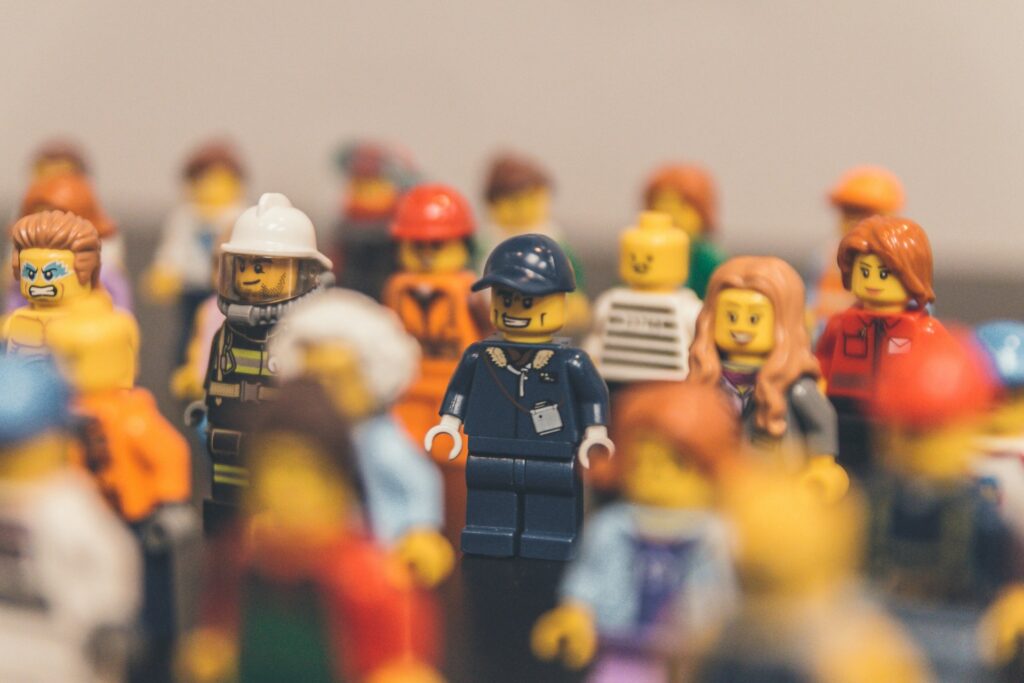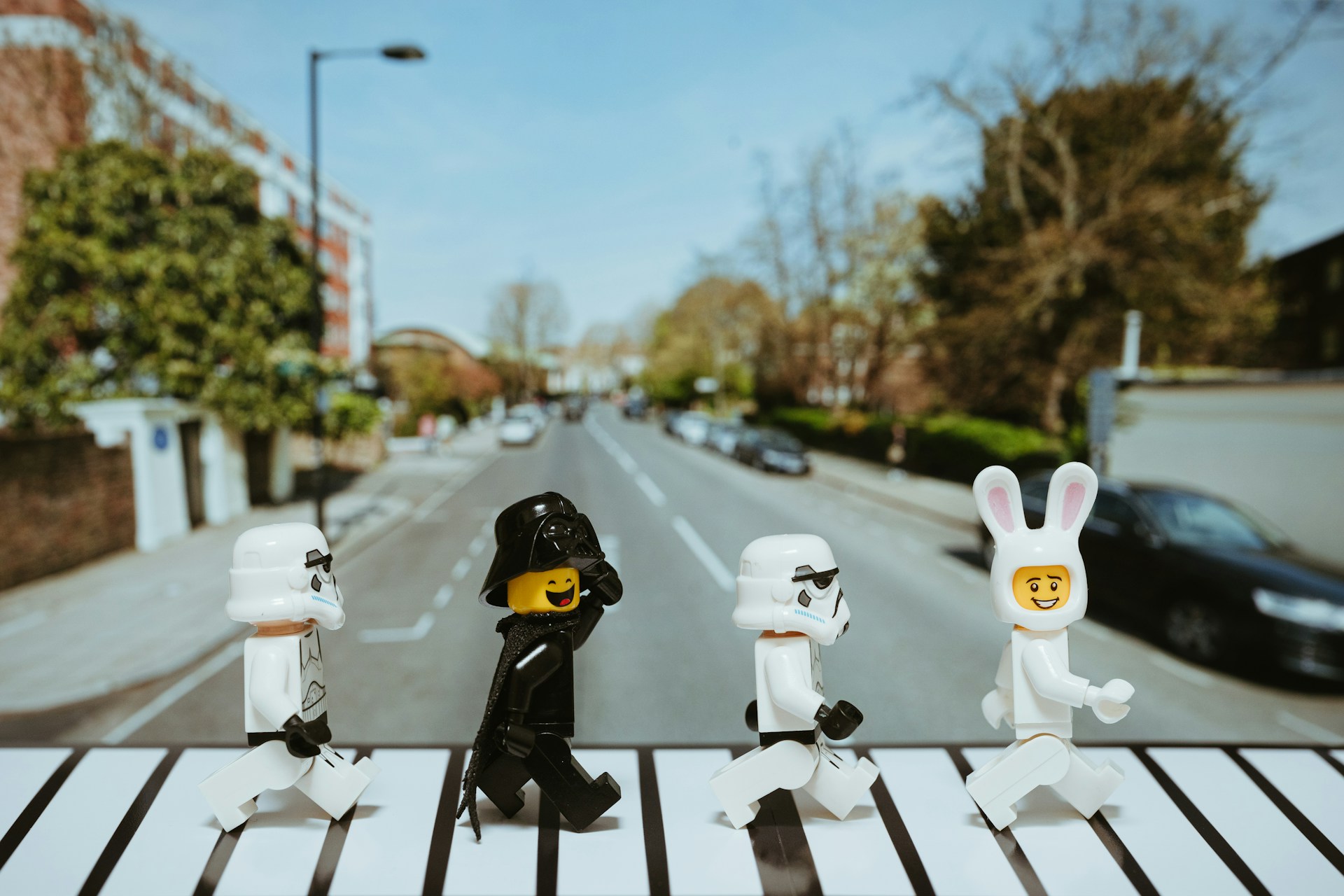Playing with LEGO bricks has been a cherished pastime for children around the world for decades. These colorful interlocking blocks not only provide hours of entertainment but also serve as a valuable tool for learning and development. In this blog post, we’ll delve into the fascinating world of LEGO play and its profound effects on child development.
LEGOs, originally created in Denmark in the 1940s, have evolved from simple building blocks to complex construction sets encompassing various themes, from cityscapes to outer space adventures. The versatility of LEGO bricks allows children to unleash their creativity and build anything their imagination desires.
Child development encompasses a wide range of physical, cognitive, social, and emotional milestones that shape a child’s growth and future success. From infancy to adolescence, children undergo significant changes and learn essential skills that lay the foundation for lifelong learning and well-being.
Table of Contents
- Cognitive Development
- Fine Motor Skills
- Social Development
- Emotional Development
- Practical Applications
- Potential Challenges and Considerations
- Final Thoughts
Cognitive Development

LEGO bricks aren’t just toys; they’re tools for cognitive growth and development. Let’s explore how engaging with these colorful blocks can enhance problem-solving skills, spatial reasoning abilities, and ignite creativity and imagination in children.
Problem-Solving Skills
One of the fundamental skills honed through LEGO play is problem-solving. As children embark on building projects, they encounter challenges that require them to think critically and devise solutions. Whether it’s figuring out how to connect pieces to create a stable structure or troubleshooting when something doesn’t go as planned, every build becomes a puzzle waiting to be solved. Through trial and error, children learn resilience and persistence, essential traits for navigating life’s challenges.
Spatial Reasoning Abilities
The act of building with LEGO bricks stimulates spatial reasoning abilities, which are crucial for understanding the relationships between objects in space. As children manipulate and assemble pieces to construct three-dimensional structures, they develop spatial awareness and visualization skills. They learn concepts such as symmetry, scale, and perspective, laying the groundwork for proficiency in mathematics, engineering, and architecture later in life.
Creativity and Imagination
LEGO play is synonymous with boundless creativity and imagination. With an endless array of bricks and accessories at their disposal, children are free to dream up fantastical worlds, intricate machines, or replicas of real-life structures. The open-ended nature of LEGO encourages divergent thinking, where there’s no right or wrong way to build. This freedom fosters imagination and innovation, allowing children to explore their interests and express themselves artistically.
Fine Motor Skills
From clicking bricks together to separating them, handling LEGO pieces requires precise manipulation and control of small objects. As children pick up, turn, and connect bricks of various shapes and sizes, they refine their hand movements and develop finger strength and agility. These actions help build the foundation for more intricate tasks later in life, such as writing, typing, and performing delicate tasks.
Hand-Eye Coordination
LEGO play is a hands-on activity that engages both the hands and the eyes in a coordinated effort. As children visually plan their builds and then execute them by manipulating the bricks, they strengthen hand-eye coordination—the ability to synchronize visual information with motor movements. This skill is essential for activities like sports, playing musical instruments, and even everyday tasks like pouring a glass of water or tying shoelaces.
Precision and Dexterity
Building with LEGO bricks requires a high level of precision and dexterity. Whether aligning pieces to create symmetrical structures or attaching small accessories with precision, children learn to control their movements and work with finesse. As they strive for accuracy in their builds, they develop patience and attention to detail, qualities that are valuable in academic, professional, and personal endeavors.
Social Development

When children come together to build with LEGO bricks, they enter a world of collaboration and teamwork. Whether working on a shared project or combining their individual creations to build something bigger, LEGO play encourages cooperation and joint problem-solving. Through collaborative efforts, children learn to listen to others’ ideas, respect different perspectives, and work towards a common goal—a valuable skill set for navigating social interactions in school, work, and beyond.
Communication Skills
LEGO play provides ample opportunities for children to practice and refine their communication skills. Whether explaining their ideas, giving instructions to peers, or negotiating roles and responsibilities, children engage in verbal and non-verbal communication throughout the building process. By expressing their thoughts and listening to others, they learn to articulate ideas, ask for help when needed, and effectively collaborate with others—a critical skill set for success in interpersonal relationships and teamwork.
Sharing and Compromise
In the world of LEGO play, sharing isn’t just a virtue—it’s a necessity. With a limited supply of bricks and accessories, children learn the importance of sharing resources and compromising to accommodate others’ needs and preferences. Whether taking turns with coveted pieces or adjusting their plans to accommodate a teammate’s ideas, children develop empathy, generosity, and flexibility—a foundation for building strong, harmonious relationships with others.
Emotional Development
As children engage in LEGO play, they are empowered to bring their ideas to life and take ownership of their creations. Successfully completing a build, no matter how small, instills a sense of accomplishment and boosts confidence. Moreover, receiving positive feedback from peers and adults reinforces their sense of self-worth and validates their creative efforts. Over time, as children tackle increasingly complex projects and overcome challenges, their confidence and self-esteem soar, laying the foundation for future success and resilience in the face of adversity.
Patience and Resilience
Building with LEGO bricks requires patience and perseverance. Children quickly learn that complex structures don’t materialize instantly but require time, effort, and trial and error. As they encounter setbacks and obstacles along the way, such as pieces not fitting together or designs not turning out as expected, children develop resilience—the ability to bounce back from setbacks and persist in the face of challenges. Through perseverance and determination, they learn that failure is a natural part of the learning process and that success often comes after multiple attempts—a valuable life lesson that prepares them for future endeavors.
Emotional Expression and Regulation
LEGO play provides a safe and creative outlet for children to express and regulate their emotions. Whether building to express joy, frustration, or sadness, children use LEGO bricks as a medium for emotional expression and storytelling. Through imaginative play, they explore complex emotions, experiment with different scenarios, and develop empathy and understanding towards others’ feelings. Additionally, the tactile nature of LEGO play can have a calming effect, helping children regulate their emotions and alleviate stress and anxiety—a valuable coping mechanism in today’s fast-paced world.
Practical Applications

In classrooms around the world, LEGO bricks have become invaluable teaching aids, enriching the learning experience across various subjects and grade levels. From preschools to universities, educators use LEGO sets to teach concepts in science, technology, engineering, mathematics (STEM), language arts, and beyond. Through hands-on exploration and experimentation, students develop critical thinking skills, problem-solving abilities, and creativity. LEGO-based activities also promote collaboration, communication, and teamwork, fostering a dynamic learning environment that engages students and inspires lifelong learning.
Therapeutic Uses
LEGO play has therapeutic benefits that extend beyond the classroom, serving as a powerful tool for counselors, therapists, and healthcare professionals. In therapeutic settings, such as pediatric clinics, hospitals, and mental health facilities, LEGO play is utilized to facilitate communication, express emotions, and promote social interaction. Through the act of building and storytelling, clients can explore and process complex feelings, navigate difficult situations, and develop coping strategies. LEGO therapy, a structured intervention approach, is particularly effective in supporting individuals with autism spectrum disorder (ASD) and other developmental challenges, promoting social skills development and enhancing self-esteem.
Parental Guidance and Involvement
LEGO play offers a unique opportunity for parents to engage with their children in meaningful and constructive ways. By joining their children in building projects, parents can strengthen bonds, foster communication, and create cherished memories together. LEGO play also provides a platform for parents to teach valuable life skills, such as problem-solving, teamwork, and resilience, in a fun and interactive manner. Additionally, parents can use LEGO sets as educational tools to support their children’s learning at home, supplementing school curriculum and sparking curiosity and creativity.
Potential Challenges and Considerations
While LEGO play offers a multitude of benefits, it’s essential to consider potential challenges and factors that may impact children’s experiences.
Age Appropriateness
When it comes to LEGO play, one size does not fit all. While LEGO sets are designed for various age groups, it’s essential to choose sets that align with children’s developmental abilities and interests. Younger children may benefit from larger, chunkier bricks and simple building challenges, whereas older children can explore more complex sets with intricate designs and advanced building techniques. By selecting age-appropriate sets, parents and educators can ensure that children are engaged and challenged at an appropriate level, fostering a positive and rewarding experience.
Safety Concerns
While LEGO bricks are generally considered safe toys, there are potential hazards to be aware of, especially for younger children. Small pieces pose a choking risk, so it’s crucial to keep them out of reach of infants and toddlers who may put them in their mouths. Additionally, sharp edges and pointed corners on LEGO pieces can cause injuries if stepped on or mishandled. Parents and caregivers should supervise children during play and encourage safe handling practices, such as cleaning up after play sessions to prevent accidents. By prioritizing safety and following age recommendations, we can ensure that LEGO play remains a safe and enjoyable experience for all.
Screen Time and Alternative Activities
In today’s digital age, children are often drawn to screens for entertainment and recreation. While digital LEGO games and apps offer interactive experiences, it’s essential to strike a balance between screen time and hands-on activities. Excessive screen time can have adverse effects on children’s physical health, mental well-being, and social development. Encouraging children to engage in offline activities, such as building with physical LEGO bricks, playing outdoors, or pursuing creative hobbies, helps foster creativity, imagination, and social skills. By providing a variety of stimulating and enriching experiences, parents can support children’s holistic development and help them develop a healthy relationship with technology.
Final Thoughts
LEGO play isn’t just child’s play—it’s a powerful catalyst for learning, development, and connection. By recognizing the value of LEGO play and harnessing its potential, we can empower children to build brighter futures, one brick at a time. So, whether you’re a parent, educator, therapist, or caregiver, remember the transformative power of LEGO play and the endless possibilities it holds for nurturing curious minds, compassionate hearts, and resilient spirits.

